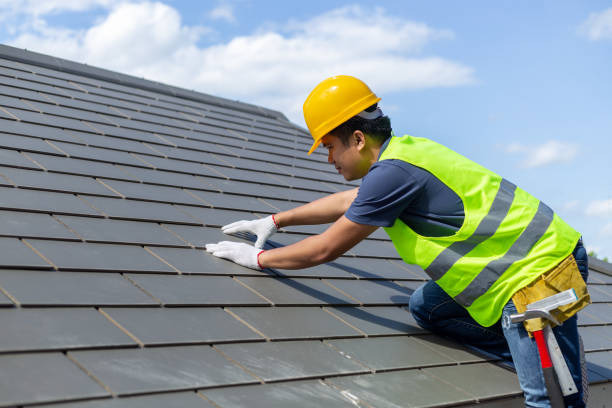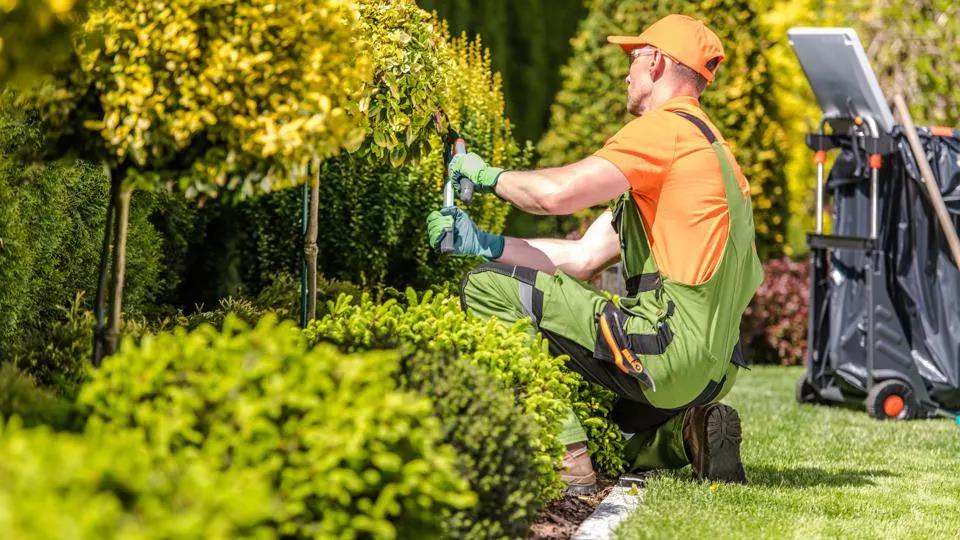Recognizing the Signs of Basement Water Issues

The leaking water that enters your basement can lead to rotted drywall, mold growth, and weakened foundations. The best way to protect your home from these problems is to recognize the signs of leaks in your basement early on.
The efflorescence looks like white powder on basement walls, indicating moisture seeping through concrete foundation cracks. Check to ensure the ground slopes away from your house and that gutters and downspouts are in place.
Cracks in the Walls
Cracks in the walls are the most obvious signs that something is wrong with your property. Many issues can cause them, but they are often a sign of structural movement and damage that needs to be investigated and repaired by a professional. Depending on the size and direction of the cracks, they may indicate a severe problem or be relatively harmless.
The cracks in the walls usually result from moisture infiltration into the wall materials. This can be due to several issues, including plumbing leaks, roof leaks, or high humidity levels. Over time, this moisture can deteriorate the integrity of the wall material and cause it to crack.
A reactive soil near the building can also contribute to forming wall cracks. The soil expands dramatically when wet and contracts significantly when it dries. By doing a soil test, you may find out if your soil is reactive and could have a role in the emergence of wall cracks.
If a crack appears in one wall and travels horizontally across the ceiling into another room, this is a cause for concern. It is also a warning sign if there are cracks in the corners of windows or doors or if a crack extends from a foundation into the ground outside the building.
Basement waterproofing in New Jersey protects your home from water damage and maintains a dry, habitable space below ground level. Basements are susceptible to water intrusion due to soil moisture, hydrostatic pressure, and foundation cracks.
Water Spots in the Middle of the Floor
Water spots in the middle of the floor indicate that you may have a leak or other problem causing basement water issues. These can lead to drywall and wood rot, mold and mildew growth, and other damage to your home.
If you see these spots, look around the area and determine where the water came from. You’ll need to call a plumber if it’s from an internal source, such as a leaking pipe or malfunctioning appliance.
However, if the water comes from outside, it’s likely due to hydrostatic pressure. This occurs when soil saturated by water pushes up against your foundation walls and into your basement. This can be caused by subpar construction or grading that allows rainwater to accumulate around the house.
A vapor barrier and drain tile system can help prevent this from happening. If you don’t have these, consider having them installed. Another solution is to grade your property so that rainwater is directed away from the foundation and toward the gutters.
Squishy Soil
When the soil in your basement is squishy, it can be a sign of severe moisture issues. The presence of moisture is a breeding ground for molds and mildew that can cause health problems for family members. Basement moisture also causes problems with walls and foundations.
If your basement walls appear to be sagging or show signs of water damage, it may be time to waterproof your home. Weather patterns, improper drainage or landscape grading, construction defects, and hydrostatic pressure can cause water damage to walls and foundations.
Another warning sign of potential basement issues is if the walls are exhibiting spalling or flaking. Light spalling is not a serious structural issue, but it can indicate that your basement needs to be waterproofed.
The musty smell of a basement is also an indication that there is a problem. Musty odors are usually the result of mold growth.
When a musty odor is present, it is essential to call a professional home inspection company to look for the source of the mold. Mold is a significant health hazard and needs to be addressed as soon as possible. If the mold is not remedied, it can lead to serious respiratory problems for family members. Water is also a health hazard and can cause structural damage and mold growth that requires expensive repairs.
Discolored Water
Seeing discolored water coming out of your faucets can indicate water problems in your basement. Typically, the cause is rust or sediment in the water supply lines, but it can also indicate that your well has a problem. If your tap water is discolored, run it for a few minutes and see if the color clears. This indicates that your water line has become clogged with rust or sediment and that you should flush your water heater.
If you see white stains, known as efflorescence, on your basement walls or floor, this is another sign that you have a water problem. Efflorescence appears as chalky, white mineral deposits, showing excess moisture moving through the concrete walls or floor. It can often be prevented by installing a sump pump and internal drainage systems.
If your basement is not adequately waterproofed, the resulting moisture can damage or destroy your building materials, including drywall and wood. Wood joists exposed to moisture and humidity over time can rot, leading to structural damage in your home. You may also notice that the flooring in your basement is bouncy or uneven. The joists could be rotting due to a water leak in the basement that has been allowed to go unnoticed for too long.





